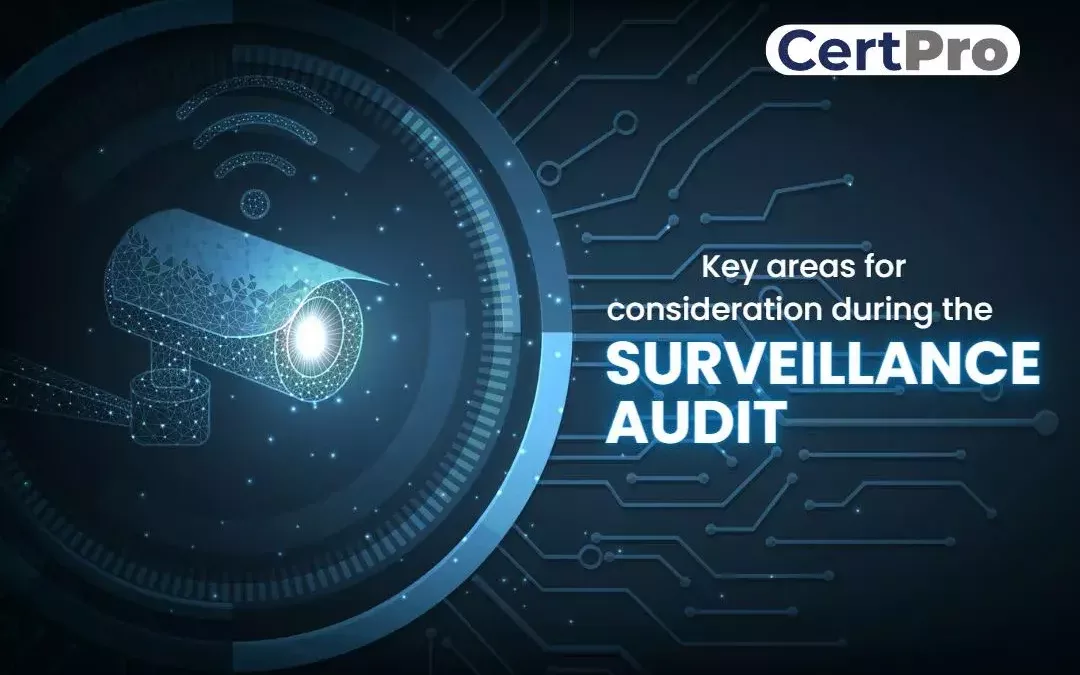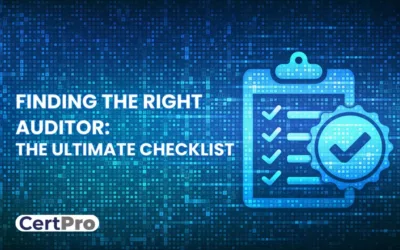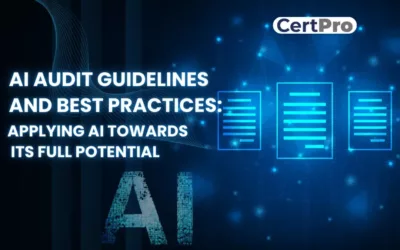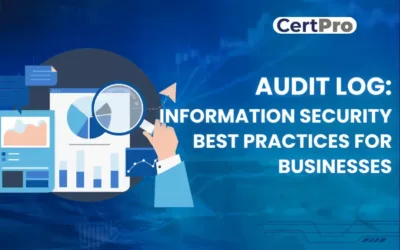To ensure a complete assessment of your organization’s procedures and compliance during a surveillance audit, careful attention to important areas is essential. That’s not what happens after implementing any management standard. It must go through an audit by a certified auditor in order to be certified. It takes a lot of work for both your business and the certification authorities to maintain the certification itself. The process of managing compliance is continuous. It doesn’t stop. Certification authorities conduct an annual audit to see if the businesses are following the laws and regulations.
Particularly, they will be appointing an auditor who will be coming to the company to check if the company meets the key requirements and whether the management system is functional or not. The company’s policies, practices, and controls are carefully evaluated throughout the auditing process. Key areas, including financial reporting, internal controls, risk management, and legal compliance, are all thoroughly examined by the auditor. To ascertain if the business is running in accordance with the stated standards, they examine the documentation, conduct staff interviews, and evaluate the use of established processes.
Despite the fact that these audits are quite thorough, they do not examine all aspects of the organizations. This article discusses surveillance audits, how they benefit businesses, why they should be carried out, and, most importantly, the important factors we should take into account while conducting surveillance audits.
WHAT IS A SURVEILLANCE AUDIT?
In simple words, Surveillance audits are annual audits that are done by auditors appointed by certification bodies. In order to make sure that organizations remain true to the rules and standards that were originally set, surveillance audits will be carried out regularly. These audits act as a means of continuous observation and assessment, enabling the confirmation of a company’s sustained compliance with regulations and the efficacy of its management system.
These audits help organizations sustain compliance with the standards. By doing so, these organizations can demonstrate their commitment to meeting regulatory requirements and industry standards consistently. These audits can also help organizations by introducing a culture of continuous improvement. By reviewing them periodically and assessing the management system, companies can address the risks of non-compliance, non-conformities, and so on. They also play a crucial role in risk management. They allow organizations to evaluate the effectiveness of risk mitigation.
SCOPE AND OBJECTIVES OF THE SURVEILLANCE AUDIT
A surveillance audit’s scope and goal usually concern the continuing evaluation and confirmation of a management system’s adherence to a certain set of standards or regulations. Here is an explanation of each component:
The Scope, According to the needs of the management system being audited, the scope of a surveillance audit can be restricted to specific departments, functions, or locations, and it defines the audit’s boundaries and point of focus by specifying the specific processes, activities, or areas within the organization that will be examined during the audit.
The Objectives, A surveillance audit’s goal is to evaluate the management system that is the subject of the audit’s ongoing conformance and effectiveness. The main objectives are:
- Monitoring Compliance: The audit seeks to confirm that the organization continues to abide by the pertinent standards, laws, or specifications. It checks to see if the predefined procedures, processes, and controls are still being carried out successfully.
- Finding Opportunities for Improvement: The surveillance audit looks for opportunities to enhance the management system. It could identify any flaws, vulnerabilities, or inconsistencies in the system and make suggestions for remedies.
- Monitoring Progress: By carrying out routine surveillance audits, auditors may keep track of how well the organization is doing at resolving non-conformities from earlier audits or chances for improvement. It enables the monitoring of the application and efficiency of remedial measures.
- Assuring Constant Improvement: The goal of surveillance audits is in line with the idea of constant development. It encourages a continual dedication to improving the management system’s functionality, effectiveness, and efficiency over time.
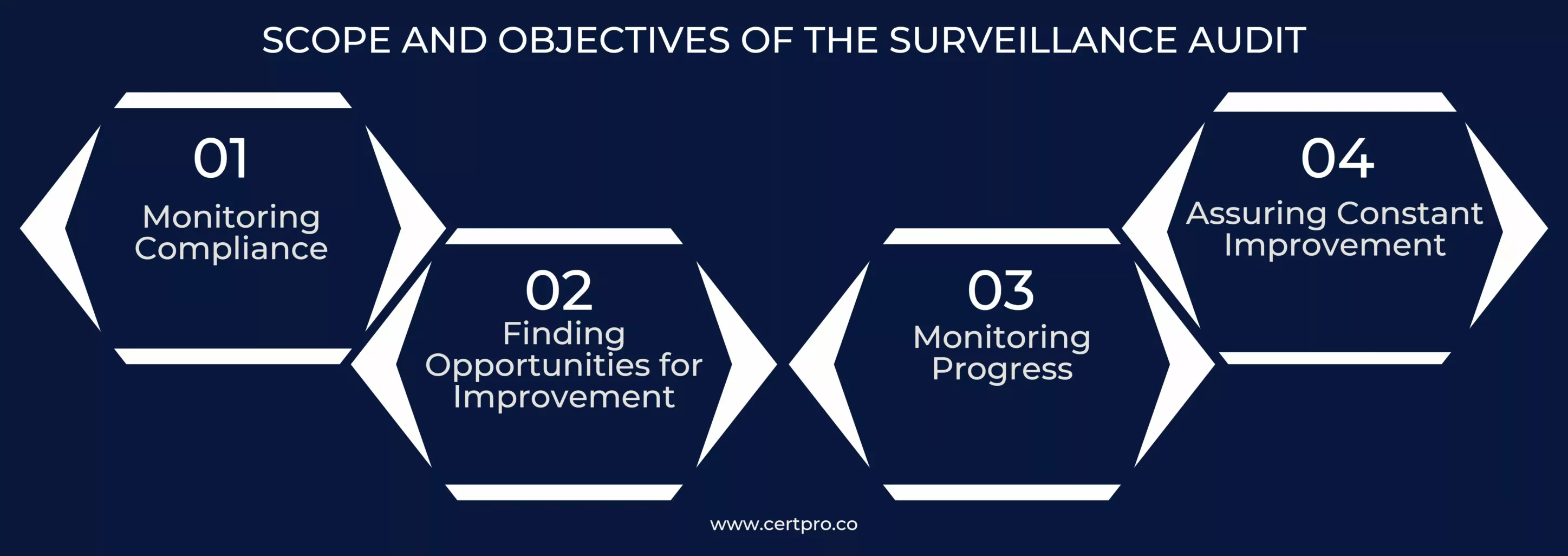
THE CRITERIA AND STANDARDS TO BE REVIEWED
Depending on the particular management system or framework being audited, there may be differences in the criteria and standards to be examined during a surveillance audit. Here are several standards and criteria that are often audited across various domains:
1. Quality Management Systems (ISO 9001):
- Compliance with ISO 9001 requirements
- Implementation of quality policy and objectives
- Customer satisfaction and feedback
- Control of processes and documented procedures
- Corrective and preventive actions
- Management review of the quality management system
2. Environmental Management Systems (ISO 14001):
- Compliance with ISO 14001 requirements
- Identification and assessment of environmental aspects and impacts
- Implementation of environmental objectives and targets
- Monitoring and measurement of environmental performance
- Management of environmental incidents and emergencies
- Legal and regulatory compliance related to environmental aspects
3. Occupational Health and Safety Management Systems (ISO 45001):
- Compliance with ISO 45001 requirements
- Hazard identification, risk assessment, and risk control
- Implementation of health and safety policies and objectives
- Training and competence of employees
- Incident reporting and investigation
- Emergency preparedness and response
4. Information Security Management Systems (ISO 27001):
- Compliance with ISO 27001 requirements
- Risk assessment and treatment of information assets
- Implementation of information security controls
- Security awareness and training programs
- Incident management and response
- Monitoring and review of information security performance
5. Food Safety Management Systems (ISO 22000):
- Compliance with ISO 22000 requirements
- Hazard analysis and critical control points (HACCP)
- Prerequisite programs for food safety
- Implementation of food safety plans
- Verification and validation of control measures
- Management of food safety incidents and product recalls
There are many other standards and criteria that, depending on the particular business, sector, or management system being audited, may be pertinent. Before performing a surveillance audit, it is crucial to determine the appropriate standards and criteria unique to the setting of your firm.
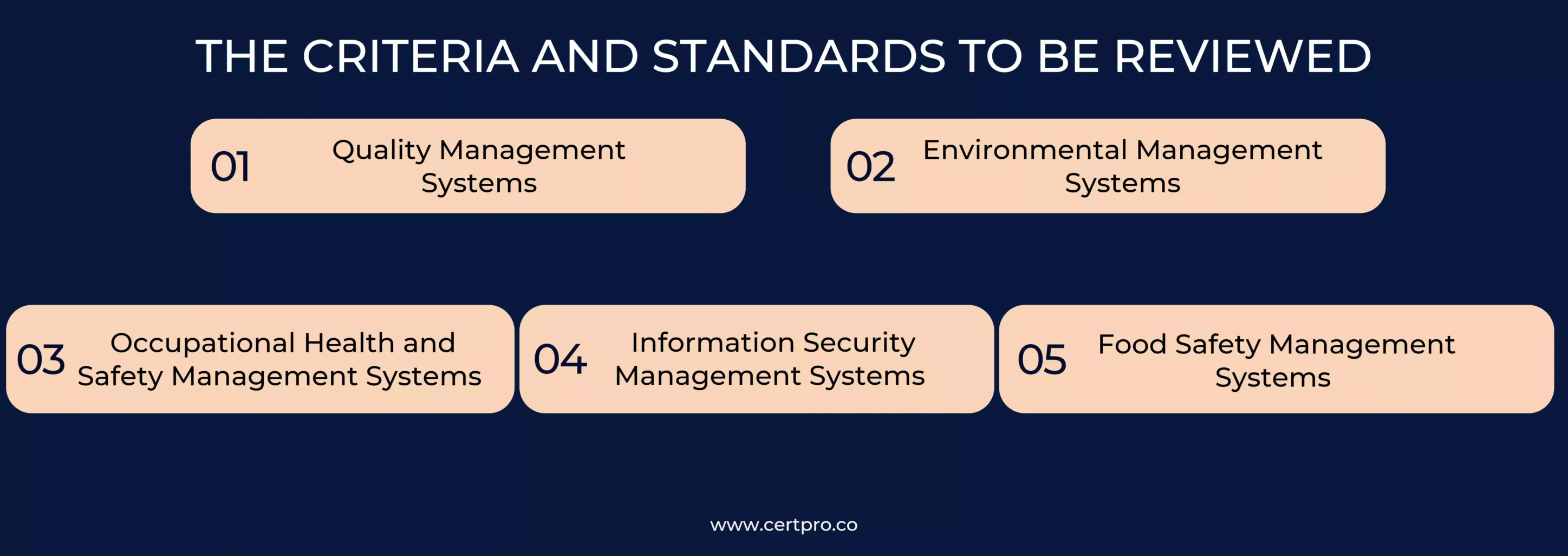
WHAT IS AUDIT EVIDENCE
The information and associated documentation that auditors acquire and examine during an audit to serve as a foundation for their findings and views are referred to as audit evidence. It consists of written or verbal assertions, financial statements, records, internal controls, and other pertinent information. For the following reasons, audit evidence is crucial to the auditing process:
- Audit evidence is crucial for supporting the auditor’s findings, conclusions, and opinions. It offers a foundation for evaluating the fairness, correctness, and compliance with applicable rules and regulations, as well as the efficiency of internal controls of the financial statements.
- Audit evidence ensures the audit process’s neutrality and dependability. Accurate and verifiable facts can support auditors opinions, which lessens the possibility of subjectivity or prejudice.
- The assertions made in the financial statements, such as their completeness, correctness, existence, rights and duties, and valuation, are assessed using audit evidence. It makes it possible for auditors to assess if the financial statements are accurately presented and devoid of significant errors.
- It enables auditors to create working papers that serve as an accurate and thorough record of the steps taken, the findings drawn, and the reasoning behind those conclusions. Audit evidence also makes it easier for managers, internal quality assurance teams, or external regulatory agencies to assess the audit work.
The audit process needs certainty and credibility, which is where audit evidence comes in. It aids in the development of audit views, raises the credibility of financial data, and assures adherence to legal and auditing standards.
THE TYPES OF EVIDENCE THAT ARE USEFUL DURING AN AUDIT
A variety of types of evidence may support the auditor’s conclusions and recommendations during an audit. Auditors may depend on several sorts of evidence, including:
- Documentary Evidence: Written records, including financial statements, invoices, contracts, bank statements, receipts, and other supporting papers, are referred to as documentary evidence.
- Physical Evidence: Auditors can inspect and verify tangible goods, assets, or properties as physical evidence. To verify their presence, state, or value, goods, machinery, or other assets may need to be physically inspected.
- Oral Evidence: While this evidence may be helpful for understanding processes and controls, it is generally regarded as less reliable than documentary evidence and is frequently corroborated with other types of evidence.
- Electronic evidence: In the current digital era, electronic evidence is extremely important. Emails, databases, system logs, electronic transactions, and other digital sources are all included. Auditors can study electronic evidence and judge the trustworthiness, correctness, and completeness of electronic data using specific tools and methods.
These are a few types of audit evidence. It’s crucial to remember that auditors frequently compile a variety of pieces of evidence and assess their adequacy, appropriateness, and dependability. The integration of various types of data provides a comprehensive and well-rounded basis for developing audit judgments and conclusions.
FAQ
When conducting a surveillance audit, how are corrective and preventative measures assessed?
The efficacy of remedial and preventive measures is assessed during a surveillance audit by analyzing how the company manages non-conformities discovered during the last audit.
Why is risk management being evaluated during a surveillance audit?
It is possible to make sure that an organization has reliable systems in place for risk identification, evaluation, and management by evaluating risk management during a surveillance audit. It checks to see if any changes in the risk landscape have been properly addressed.
What is the role of internal audits in Surveillance audits?
Internal audits are essential because they offer an unbiased evaluation of the organization’s compliance and management systems. To assess the detection of non-conformities and the efficiency of the internal audit process, the results of internal audits conducted since the last audit are examined.
Why is standard compliance crucial during a surveillance audit?
During a surveillance audit, standard compliance is crucial because it shows that the firm is still committed to upholding its commitment to quality, safety, or other pertinent criteria.
What are the key areas considered during a surveillance audit?
The key areas considered during a surveillance audit may include:
- Compliance with standards
- Management system effectiveness
- Risk management
- Corrective and preventive actions
- Performance monitoring
- Internal audits
- Training and competence
- Documentation and record-keeping

About the Author
GANESH S
Ganesh S, an expert in writing content on compliance, auditing, and cybersecurity, holds a Bachelor of Arts (BA) in Journalism and Mass Communication. With a keen eye for detail and a knack for clear communication, Ganesh excels in producing informative and engaging content in the fields of compliance, auditing, and cybersecurity, with particular expertise in ISO 27001, GDPR, SOC 2, HIPAA, and CE Mark.
FINDING THE RIGHT AUDITOR: THE ULTIMATE CHECKLIST
Selecting an auditor to implement industry-specific rules and regulations is vital. The choice can influence the company’s growth and financial health. Therefore, choosing the right auditor offers valuable insights and ensures compliance and economic stability. You...
AI Audit Guidelines and Best Practices: Applying AI Towards Its Full Potential
Artificial Intelligence is entering different industries, where it is used for customer handling, data management, and documentation processes. The interference of AI is increasing concerns regarding ethical practice and safety. Therefore, AI audits have become more...
AUDIT LOG: INFORMATION SECURITY BEST PRACTICES FOR BUSINESSES
An audit log is the best information security practice for organizations. This article elaborates on the operational process of audit logs and how companies utilize them for business growth. What is an audit log, and how does it work for organizations? For more...

